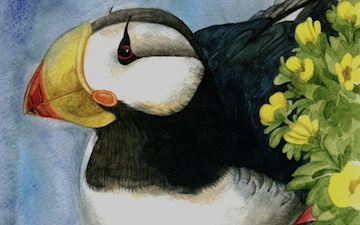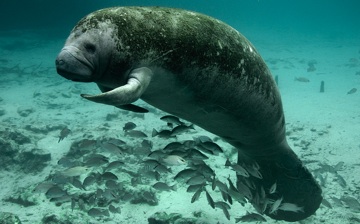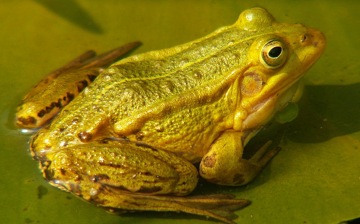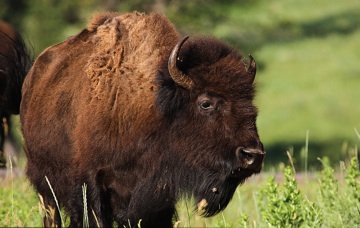Cards
(QUICK LINKS: Decks | plants | mammals | birds | | reptiles | fish | cephalopoda | insects | microbe | events
( scientist | project | modifier | technique |)

Linnaeus Card
Event Card
PLAY: can be played immediately for below effect and then discarded.
EFFECT: When used, if a player can remember the latin name for an organism in his/her discard pile, then he/she can retrieve that card.

Horned Puffin
Fratercula corniculata


7 POINTS
• Fratercula corniculata has a FLIGHT of 2.
• Fratercula corniculata nest in bluffs of fractured rock or crevices in cliff faces near the shoreline.

West Indian Manatee
Trichechus manatus



3 POINTS
• Trichechus manatus has as MOVE of 2.
• Trichechus manatus uses its large tail to propel itself forward.

Pool Frog
Pelophylax lessonae



6 POINTS
• Pelophylax Lessonae has a MOVE of 2.
• Pelophylax Lessonae is common in Poland, the Baltic Republics, Moldova, Russia and the Ukraine.

American Bison
Bison bison



5 POINTS
• Bison bison has a MOVE of 2.
• The American Bison is one of the largest land mammals in North America.

Mountain Kingfisher
Syma megarhyncha


7 POINTS
• Syma megarhyncha has a MOVE of 2.
• Syma megarhyncha is found in Papua New Guinea and Indonesia.